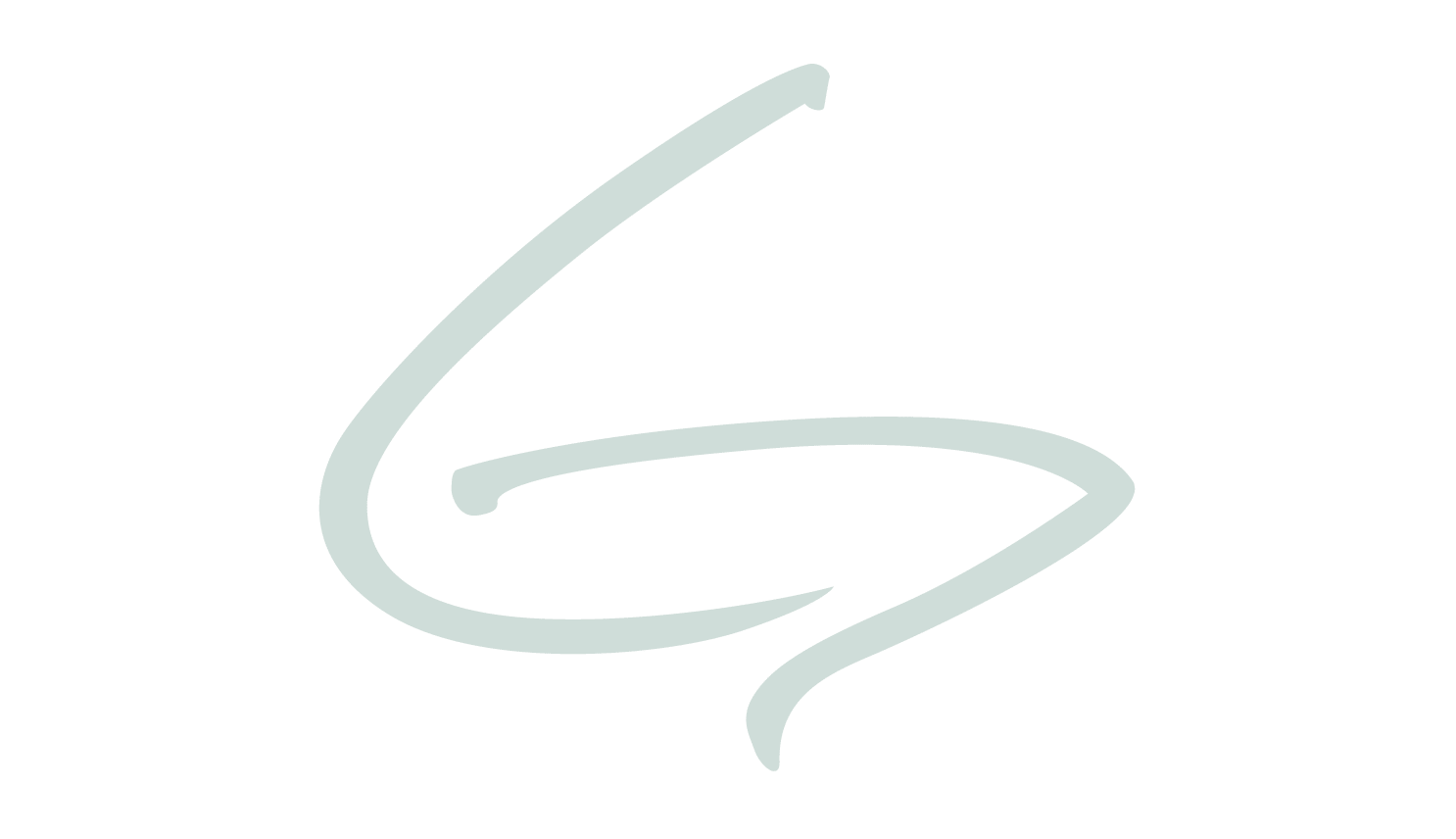August-June
Come discover how life around the farm has developed to be better suited to the environment it inhabits. As farmers, we can use these adaptations as tools to help us be successful.
Ohio Science Standards:
- 3.LS.3: Plants and animals have life cycles that are part of their adaptations for survival in their natural environments.
Indiana and NGSS Standards:
- 3-LS2-1. Construct an argument that some animals form groups that help members survive.
- 3-LS3-1. Analyze and interpret data to provide evidence that plants and animals have traits inherited from parents and that variation of these traits exists in a group of similar organisms
- 3-LS4-2. Use evidence to construct an explanation for how the variations in characteristics among individuals of the same species may provide advantages in surviving, finding mates, and reproducing
- 3-LS4-3. Construct an argument with evidence that in a particular habitat some organisms can survive well, some survive less well, and some cannot survive at all.
Ohio Social Studies Standards:
- History – Historical Thinking and Skills: Events in local history can be shown on timelines organized by years, decades and centuries.
- History – Heritage: Local communities change overtime.
- Geography – Places and Regions: Daily life is influenced by the agriculture, industry and natural resources in different communities.
- Geography – Humans Systems: Evidence of positive and negative human modification of the environment can be observed in the local community.
- Geography – Humans Systems: Systems of transportation and communication move people, products and ideas from place to place.
Vocabulary:
Adaptation, life cycle, group survival, inherited, parent, offspring, trait, characteristic
